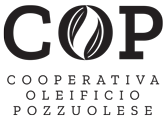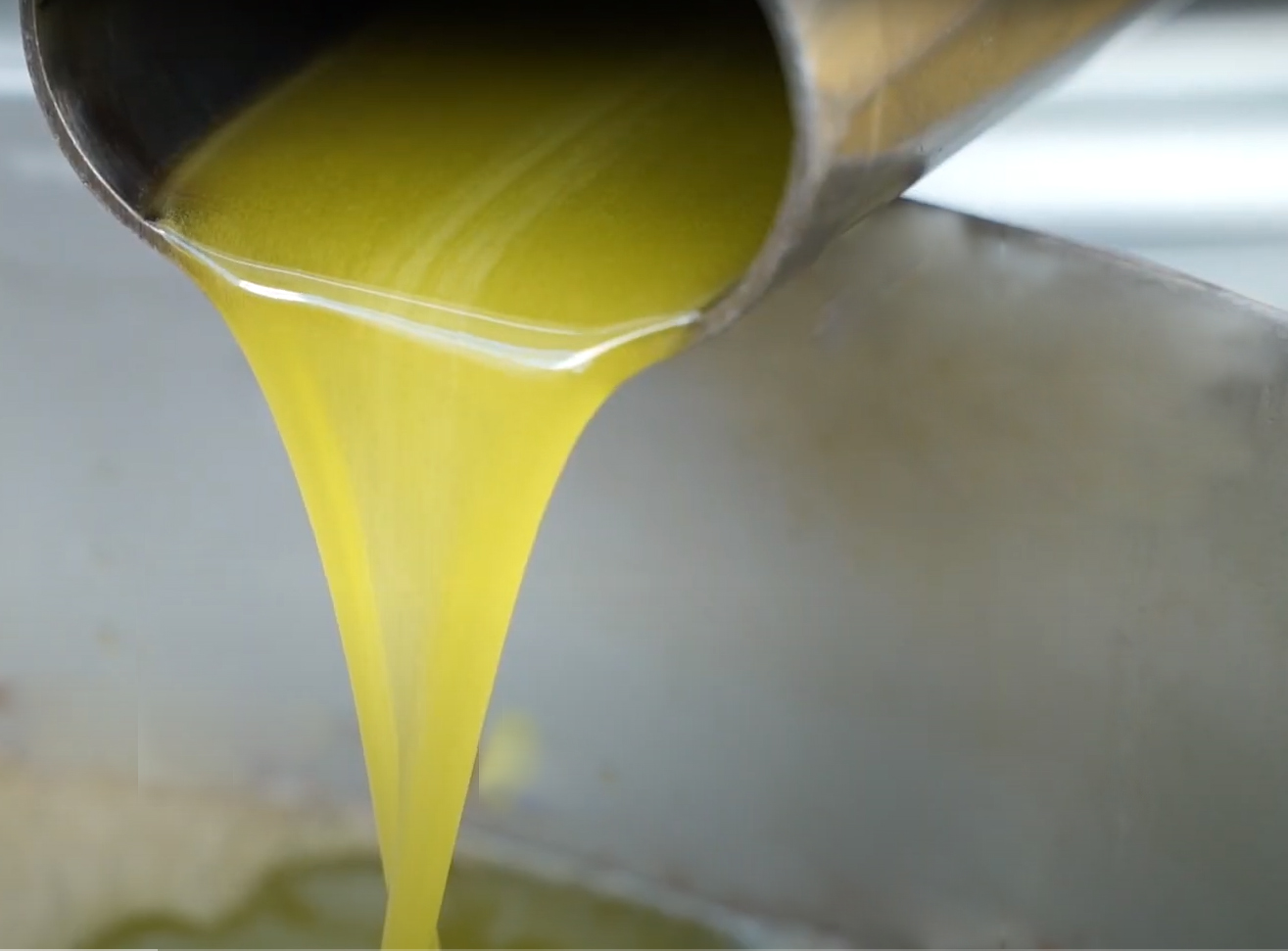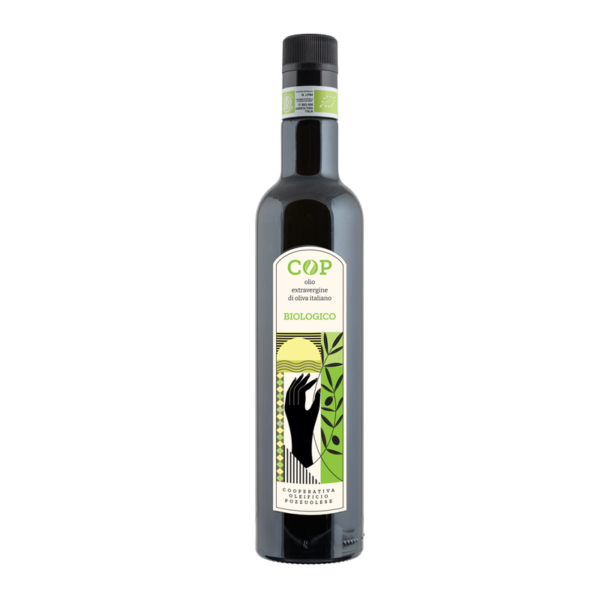Extra virgin olive oil, a staple of the Mediterranean diet, gives an exquisite touch to foods, and has emerged as a superfood in scientific studies.
Research published in the New England Journal of Medicine, The BMJ, and The Journal of American College of Cardiology all link increased extra virgin olive oil consumption with reduced risk of cardiovascular disease and other major maladies. The Food and Drug Administration recommends two tablespoons per day for health benefits.
BUT NOT ALL OLIVE OILS ARE CREATED EQUAL!
- Fraudulent Olive Oil is a problem in the US, UK, and the EU. Research, by the University of California, Davis, found that more than 70% of olive oil sold in supermarkets was not extra virgin.
- Check for a harvest and expiration dates. You need to check both for the harvest and expiration date reported on the bottle. Olive oil is not like wine; it does not get better with age. If correctly kept, olive oil maintains all of its nutritional quality for two years after production date.
- The bottle/container matters. High quality extra virgin olive oil should have a dark bottle or a special container that protects the oil. (You want to protect your olive oil from light and air in a dark and airtight container.)
- It should taste fresh. It should taste fruity, grassy, and leave a peppery taste in the back of your throat. The intensity and the complexity of the flavor varies according to the soil and the olive cultivars mix. You can always find the best match for your cuisine among high quality Italian extra virgin olive oils.
- Olive Oil should contain polyphenols. High quality olive oil contains antioxidant and polyphenols. You can taste polyphenols in olive oil; it’s that slightly bitter, peppery, and pungent quality valued by reliable tasters. Extra virgin olive oil contains about 500 mg/l of polyphenols. The quantity and quality of polyphenols in olive oil is closely related to the process of olive milling and further processing. Therefore, cold pressed extra virgin olive oils have substantially higher amounts of polyphenols than refined olive oils.
Last but not least, the extra virgin olive oil price.
It is not uncommon to find olive oil priced so low as 5€ a liter on supermarket shelves. You should always ask yourself, could this be right?
The final price for a high-quality olive oil is built on quality over quantity.
For the farmers and the producers who are striving to provide high quality extra virgin olive oil, the choice is always less is more, and this is what that implies:
- Pruning. Every spring olive trees are accurately manually pruned. Fewer olives to pick, but healthier trees and an even result on ripening.
- Early harvest. Olives picked in the early stage of ripening give a lower olive oil yield, but flavors, aromas, and antioxidants are at their maximum.
- Precise harvesting and processing. After harvesting, olives cannot sit for a long time before being processed. High quality olive oil requires that the milling be done within 24 hours max.
- Cold extraction. The processing of olives reduced to paste is a cold extraction process through vacuum and centrifuge, in order to maintain all the precious aromas and components, which are all very sensitive to high temperature. The cold extraction means again a lower olive oil yield if compared with higher temperature processing methods.
In the end, high quality extra virgin olive oil not only tastes better, but it is rich in those antioxidants that are good for your heart and for your health, thanks to the anti-inflammatory effects mediated by the antioxidants. If you compare the price of the two tablespoons a day recommended in many health dietary regimes guidelines, it is easy to see that it is worth the investment.*
* One liter (1000 ml) of extra virgin olive oil will provide more than 30 doses of two tablespoons (0.30 ml).




